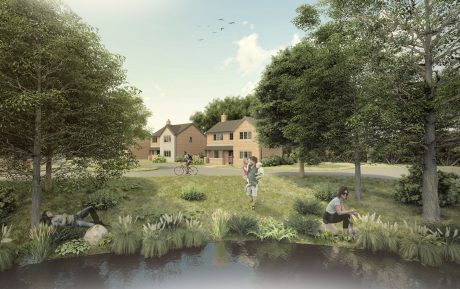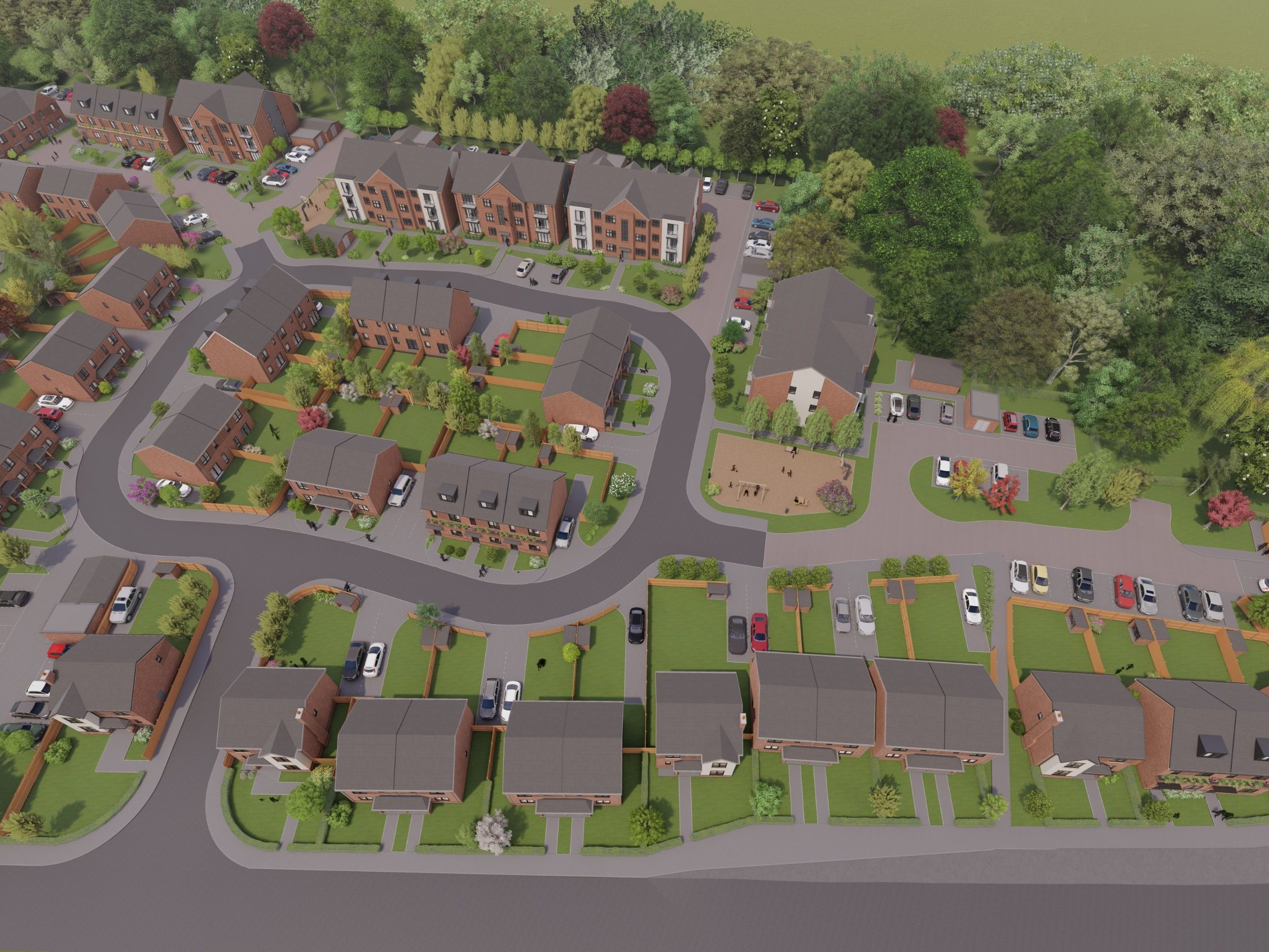A building’s entire lifecycle is estimated to be responsible (directly and indirectly) for around 37% of global energy and process-related CO2 emissions, which shows the importance of the built environment in addressing climate change.
With nations, industries and businesses across the world setting their own net zero emissions targets, Manuela Fazzan, technical and design manager at Wienerberger UK, examines the role of BIM in driving more sustainable construction.
The International Energy Agency’s Tracking Buildings 2021 report highlights the scale of emissions from the built environment sector, particularly when indirect emissions are accounted for.
The report states that around 9% of global energy and process-related CO2 emissions result from the use of fossil fuels in buildings, another 18% come from the generation of electricity and heat used in buildings, and an additional 10% is related to the manufacturing of construction materials.
In total, buildings are responsible for 37% of global energy and process-related CO2 emissions.
The construction and infrastructure sectors, including manufacturing the products used in construction, are inherently energy intensive and the path to net zero will not be an easy one, but progress is being made. The concrete and cement industry has delivered a 53% reduction in absolute CO2 emissions since 1990, faster than the UK economy as a whole. However, it’s not yet enough.
In the UK, the Government’s National Infrastructure Survey says that “bold, transformative action” is needed in order to reach carbon emission reduction targets of 68% and 78% by 2030 and 2035 respectively, compared to 1990 levels. Notably, the Survey states that these recommended percentage reductions should include embodied carbon of built infrastructure too.



